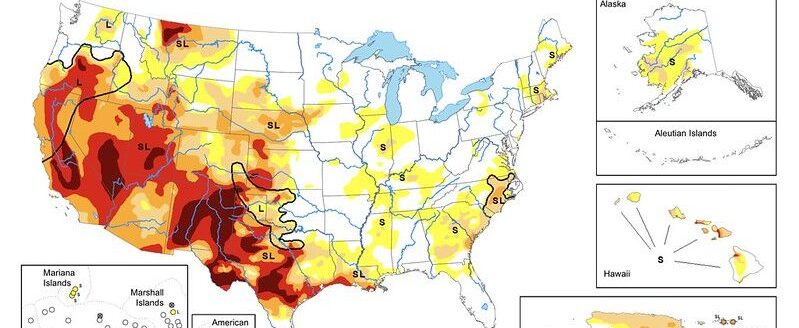Volunteer corn, weed resistance highlight the 2021 Herbicide Guide for Corn and Soybeans
Following a year that included both drought and derecho, Iowa’s crop producers may face some unique challenges in 2021 related to weed management.
The recently updated 2021 Herbicide Guide for Iowa Corn and Soybean Production, published by Iowa State University Extension and Outreach, offers some timely information and guidance.
The guide is updated every year, but this year’s version gives special attention to the issue of volunteer corn, which could be more severe in 2021 following the germination of storm-damaged corn from last year’s derecho.
Millions of acres of mature corn across Iowa were flattened or badly damaged, and the potential for volunteer seed germination remains high.
“It’s really important for the growers to anticipate having volunteer corn because it is one of the most competitive weeds that we have out there,” said Bob Hartzler, professor in agronomy and extension weed specialist at Iowa State University. “We have some volunteer corn most years, but usually not a high enough density to impact yields. This year, because of the derecho, some fields could see their yields decimated if the farmer is not proactive.”
The guide also reviews common herbicides and methods for designing a resilient weed management program. Preemergence and postemergence strategies are covered in detail, in addition to non-herbicide options like mechanical weed control, cover crops and harvest weed seed control.
About two-thirds of the publication includes comparative charts showing the different herbicides, information on effectiveness ratings, a breakdown of the ingredients, and herbicide site of action and injury symptoms.
Hartzler said it’s important to know the ingredients in all herbicide programs, especially with the growing threat of herbicide resistant weeds.
“It’s very important to know what the individual ingredients in a herbicide are,” he said. “In today’s world, it’s relatively easy to find this information, but the guide provides a handy reference with quality comparisons.”
Hartzler cautions that the guide is not intended to be the sole factor that determines a farmer’s weed management program. Nevertheless, it is a helpful resource that can be reviewed by the farmer, and shared with the farmer’s agronomy team.
For more information, visit https://store.extension.iastate.edu/product/12150. Hartzler can be reached at 515-294-1164 or [email protected].



